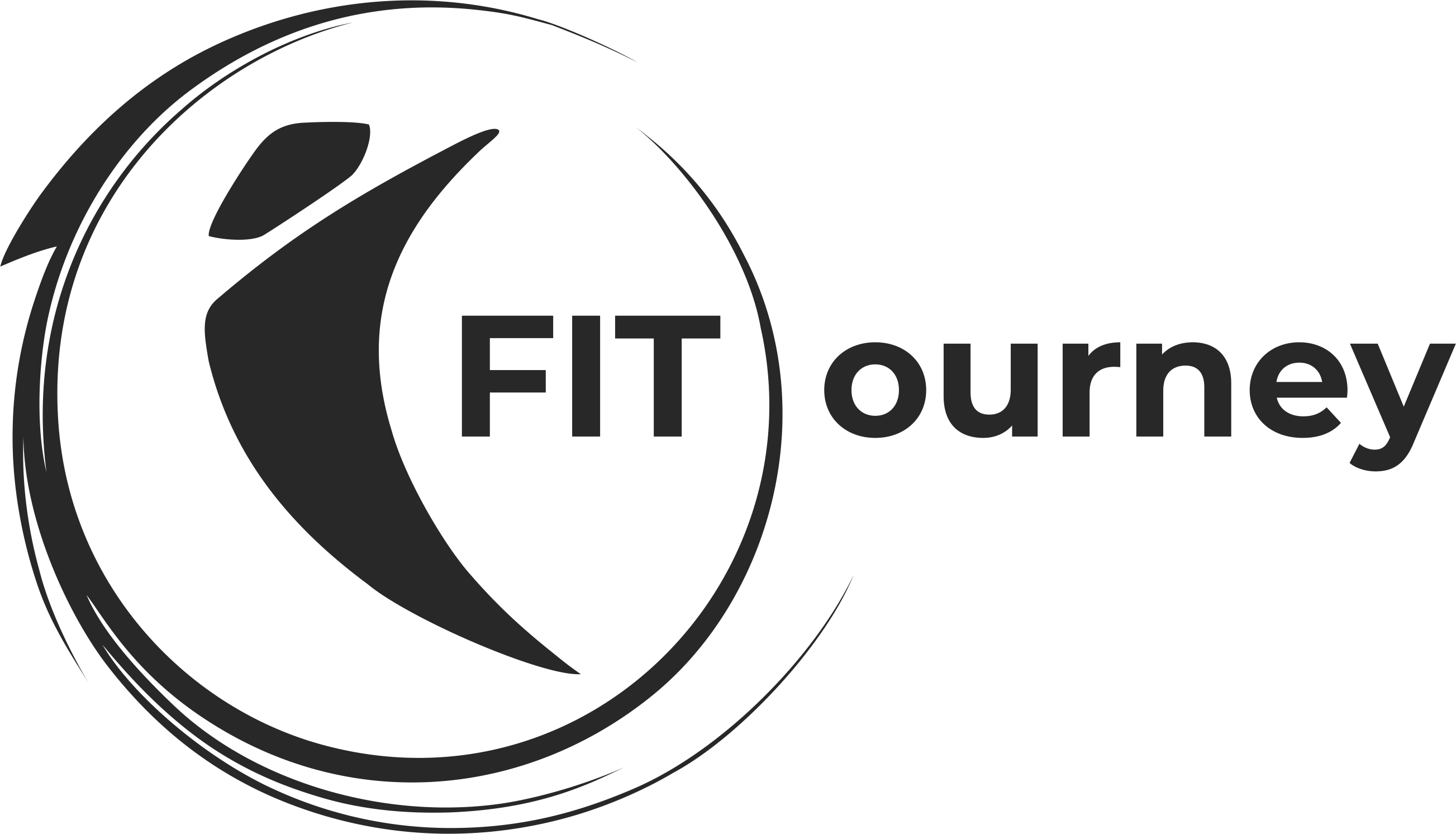"Exercise is a necessity, not a choice".
Exercising regularly is the best investment anyone can make for their health. Engaging in daily exercise or participating in an active sport not only promotes better health but also boosts self-confidence. However, when it comes to maintaining regularity and consistency, we often encounter various challenges.
For instance, some may find it monotonous to do the same exercise every day, others may have restrictions due to medical conditions, some might perceive exercising as boring, while some struggle with a lack of motivation to exercise regularly.
Despite these obstacles, it remains essential to exercise regularly in order to achieve desired fitness goals.
One solution to address these challenges is to explore a variety of workouts. As the saying goes, "Variety is the spice of life." Trying different forms of exercise helps prevent monotony and boredom. Individuals with specific medical conditions can choose exercises that suit their needs and improve their health.
In short, there are varieties of exercises one can choose from, according to their convenience.
What are the different types of workouts are there?
Cardio training: Cardio is one of the most popular forms of exercise worldwide and it helps to improve your cardiac health. Cardio training means any exercise that challenges your heartbeat above your resting heart rate level. Cardio exercises include walking, jogging, swimming, cycling, dancing, etc.
There are two types of cardio training aerobic and anaerobic.
- Aerobic cardio training: In aerobic cardio training, there are two different types- steady pace and moderate intensity. At steady pace cardio, you have to choose a specific pace that allows you to perform cardio for a longer duration without rest. While in moderate-intensity cardio, you have to choose a pace which challenges the heart rate at 50% of MHR (maximum heart rate).
[MHR = 220 - AGE ]
- Anaerobic cardio training: In the anaerobic form of cardio, one needs to challenge the heart rate at 70% of MHR. HIIT and TABATA is the best way to perform this training form.
Weight training (resistance training): Weight training is the easiest and most widely available form of exercise. You can get access to weight training in any local gym. Those who do not get time to go to the gym can implement the same weight training at home as bodyweight training. Even one can use dumbbells at home for exercising. Weight training also helps to improve joint health and muscular health.
Sports: Sports are the best way to get fit. Playing physically active sports regularly helps you to improve cardiac health and muscular endurance and keeps you energised and refreshed. Football, cricket, boxing, badminton, loan tennis, hockey and basketball are some of the active sports that you can include in your daily lifestyle.
Yoga: Performing yoga keeps your body flexible throughout the day. Yoga is the best flexibility exercise performed across the world. Hatha, ashtanga, Iyengar, hot yoga, vinyasa flow and kundalini are the different forms of yoga that you can include in your daily life. Regular yoga helps you to become more flexible and strengthens muscles.
Pilates: Pilates was developed by Joseph Pilates. In this form of exercise, one needs to perform controlled movements with an emphasis on alignment, breathing and building the core.
Stretches: It is important to perform stretching after any workout or sport. Stretching helps your muscles relax after any workout. There are six different types of stretching:
- Static stretching
- Dynamic stretching
- Passive stretching
- Active stretching
- Ballistic stretching
- PNF (Proprioceptive neuromuscular facilitation)
Conclusion
Even after having a busy schedule, one should need to find a minimum of 30 minutes to exercise regularly. A regular workout regime helps to improve cardiovascular health and muscular health and manage fat loss and weight loss. It also helps to achieve flexibility. In summary, we can say performing exercise regularly helps you to achieve a balanced lifestyle.

